Photos: Inside the Explorers Club
Upper East Side
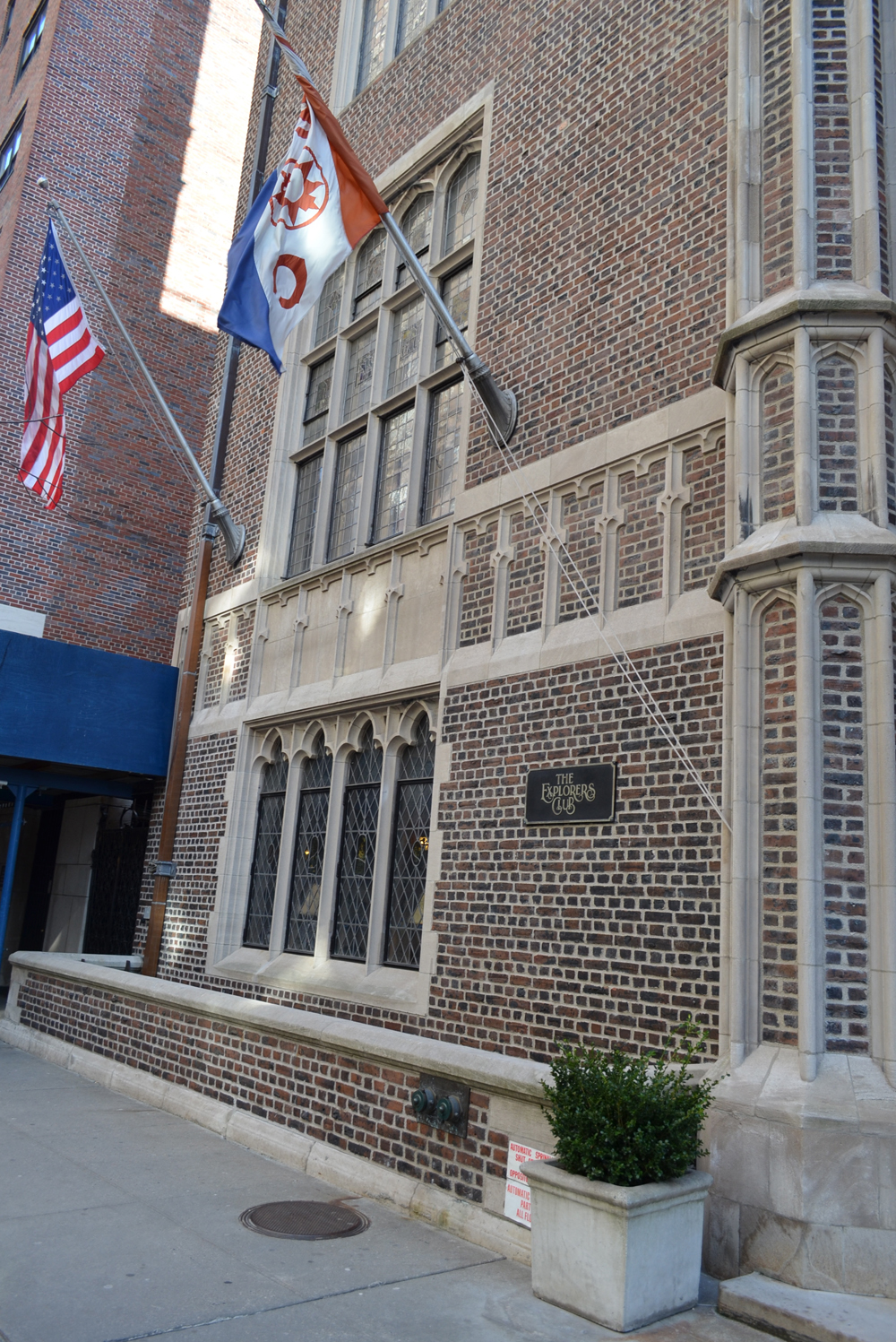
The Explorers Club is located on East 70th St. in Manhattan's Upper East Side. The exclusive membership is open only to explorers who've sailed to new shores, climbed to new heights or trekked on new paths.
Explorers' Lounge
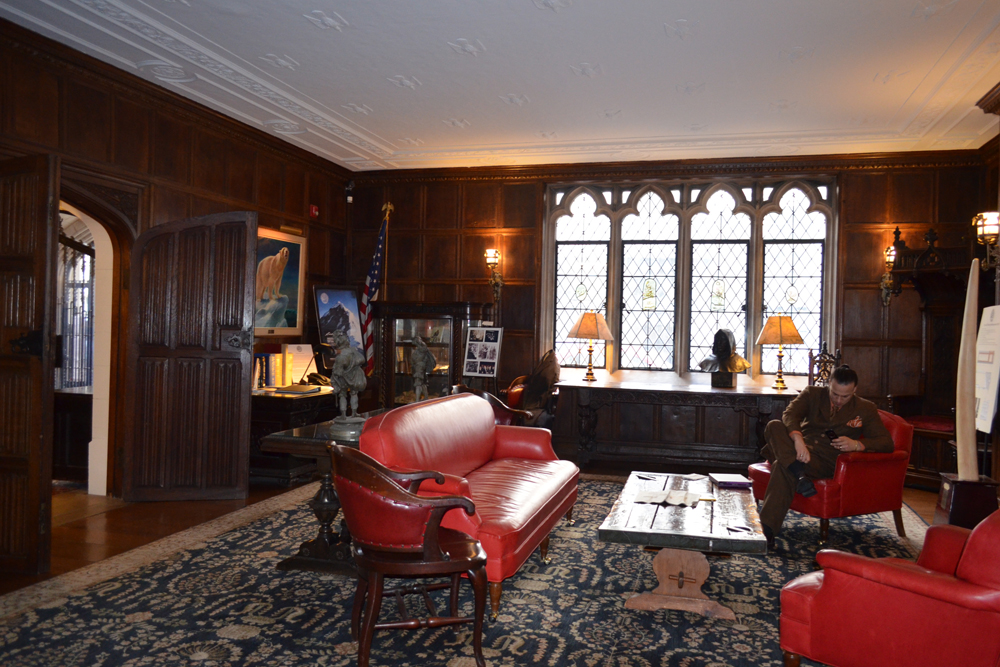
The members lounge of the Explorers Club is a place for members to meet, discuss expeditions, or just read the newspaper. The wood paneling emulates the style popular in Tudor England in the 15th and 16th centuries.
A Table With a History
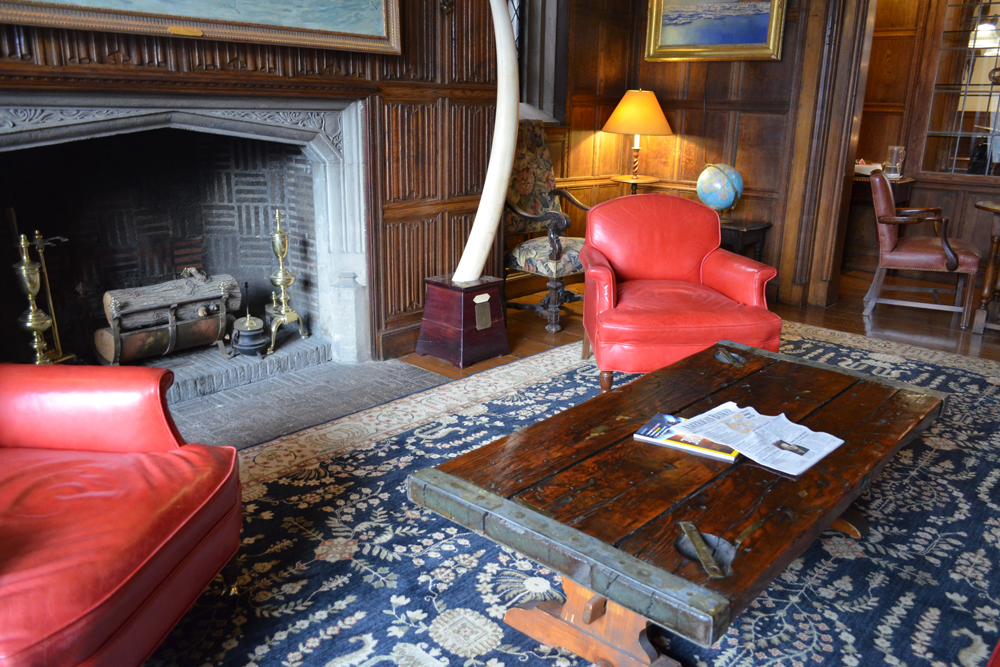
The coffee table at the Explorers Club used to be a hatch cover for the survey ship Explorer, an unarmed research vessel that narrowly escaped the Japanese bombing of Pearl Harbor in 1941, because it was out of port at the time.
Many Firsts
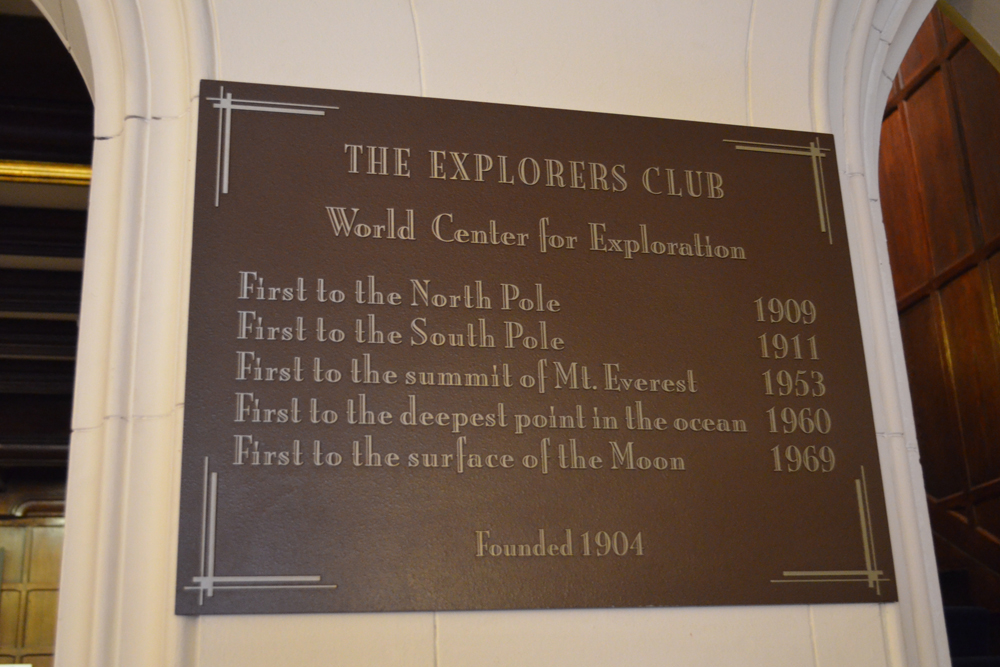
This plaque in the lobby of the Explorers Club notes just a few of the famous expeditions its members participated in: the first trips to both the North and South Poles, the first summit of Mount Everest, the first expedition to the Mariana Trench at the bottom of the ocean, and the first trip to the moon.
A few famous expeditions
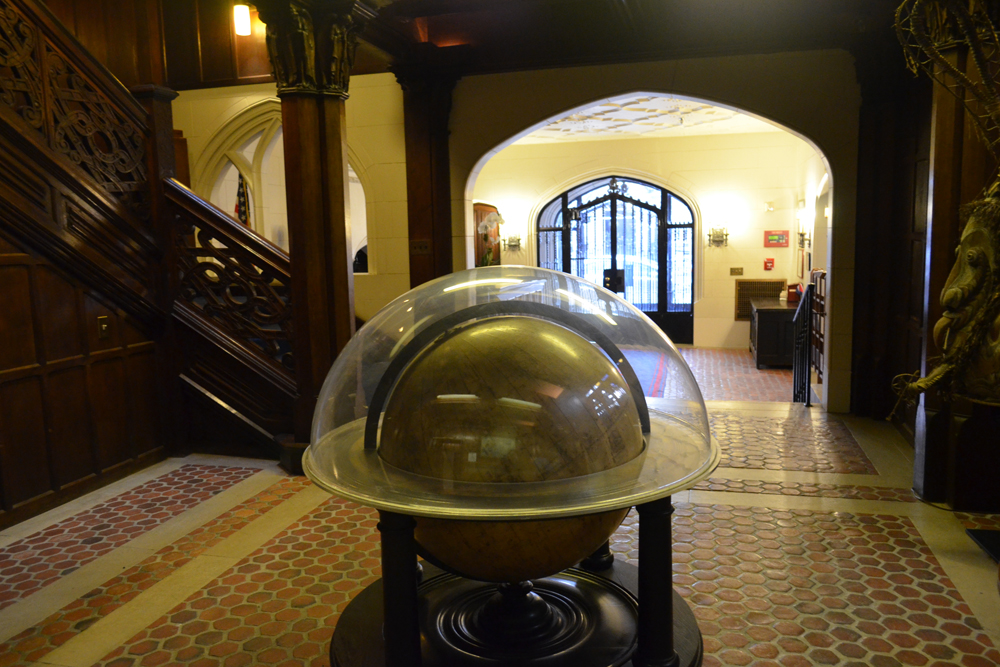
The globe at the rear of the Explorers Club lobby was where, according to legend, Norwegian explorer Thor Heyerdahl gathered his associates to first propose plans for the famous Kon-Tiki expedition, which sailed a balsa-wood raft 4,300 miles from Peru to Polynesia, to prove that prehistoric South Americans could have originally settled the islands of the South Pacific.
Pickaxes
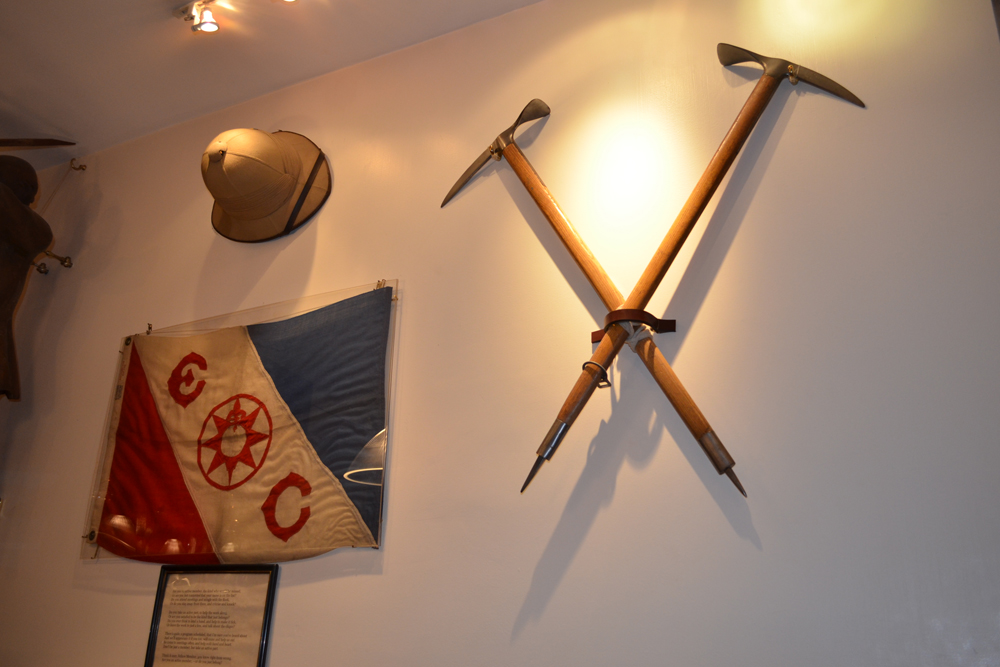
Pickaxes, a hat and a flag from one of the Explorers Club's numerous historical expeditions.
Wooden Ship Beams
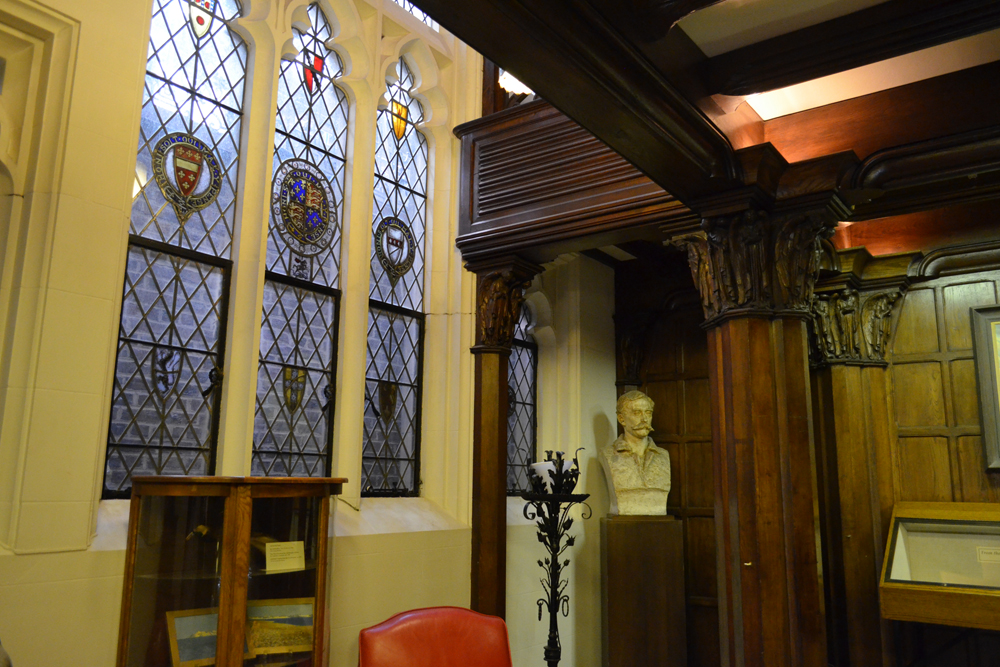
The transverse wooden beams on the ceiling of the Explorers Club rear lobby were taken from the HMS Daedalus, a British Royal Navy ship built in 1828. Carved into the capitols of the pillars are angels.
Sign up for the Live Science daily newsletter now
Get the world’s most fascinating discoveries delivered straight to your inbox.
Explorers Club Flag
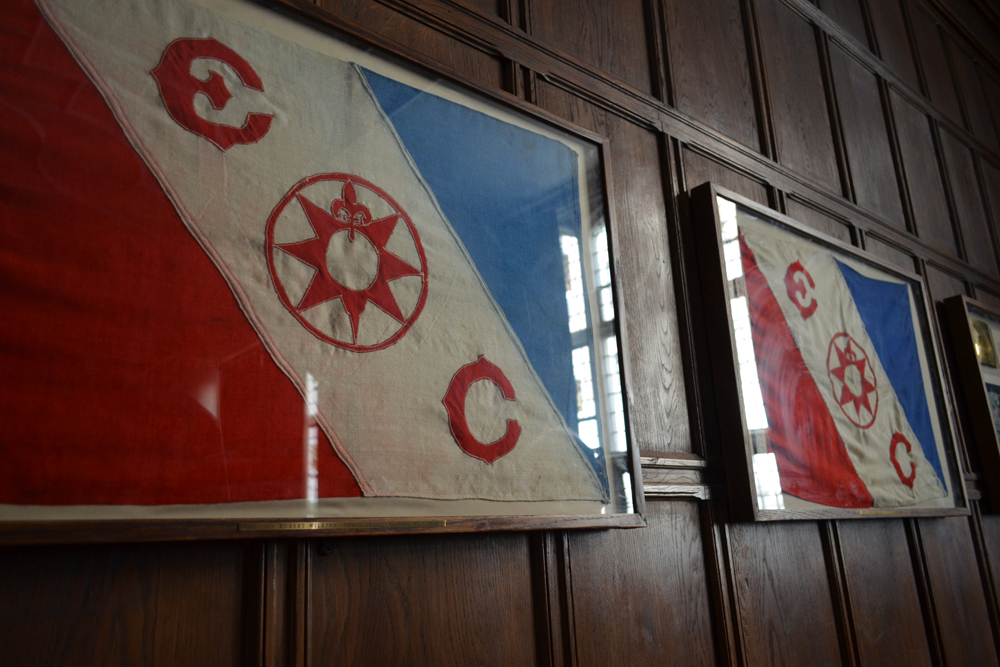
The Explorers Club flag, bearing the letters "E," 'C," and a compass rose, is a proudly held symbol for the membership. Club members have carried this flag with them on their most significant expeditions around the world, and even into space.
Apollo Mementos
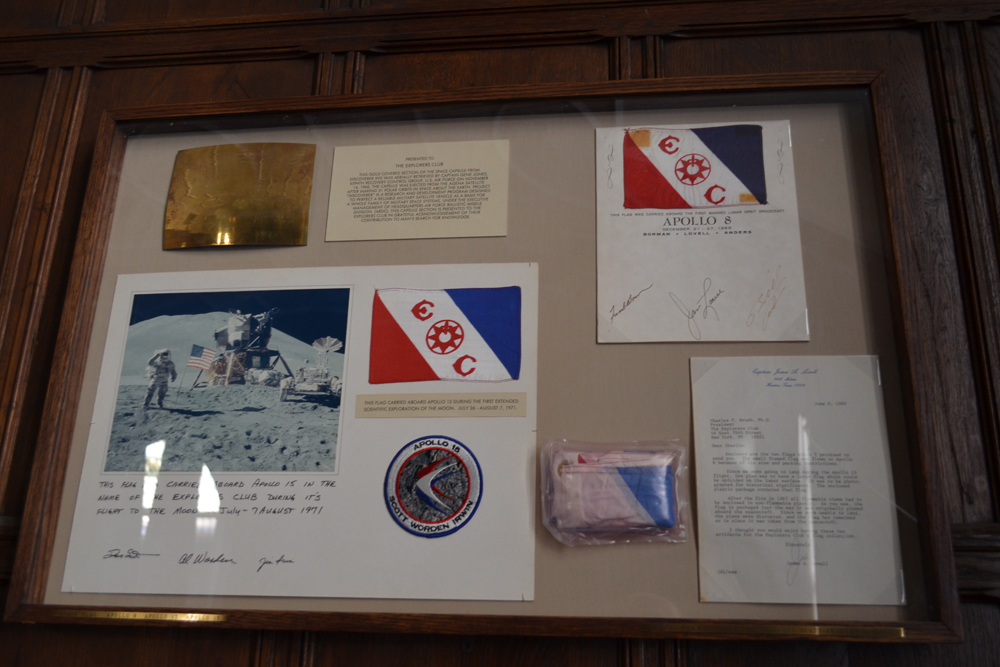
Mementos given to the Explorers Club by Apollo astronauts include a flag carried on the Apollo 8 mission, the first to orbit the moon, and a flag carried on Apollo 15, which landed on the moon in 1971.
Polar Bear
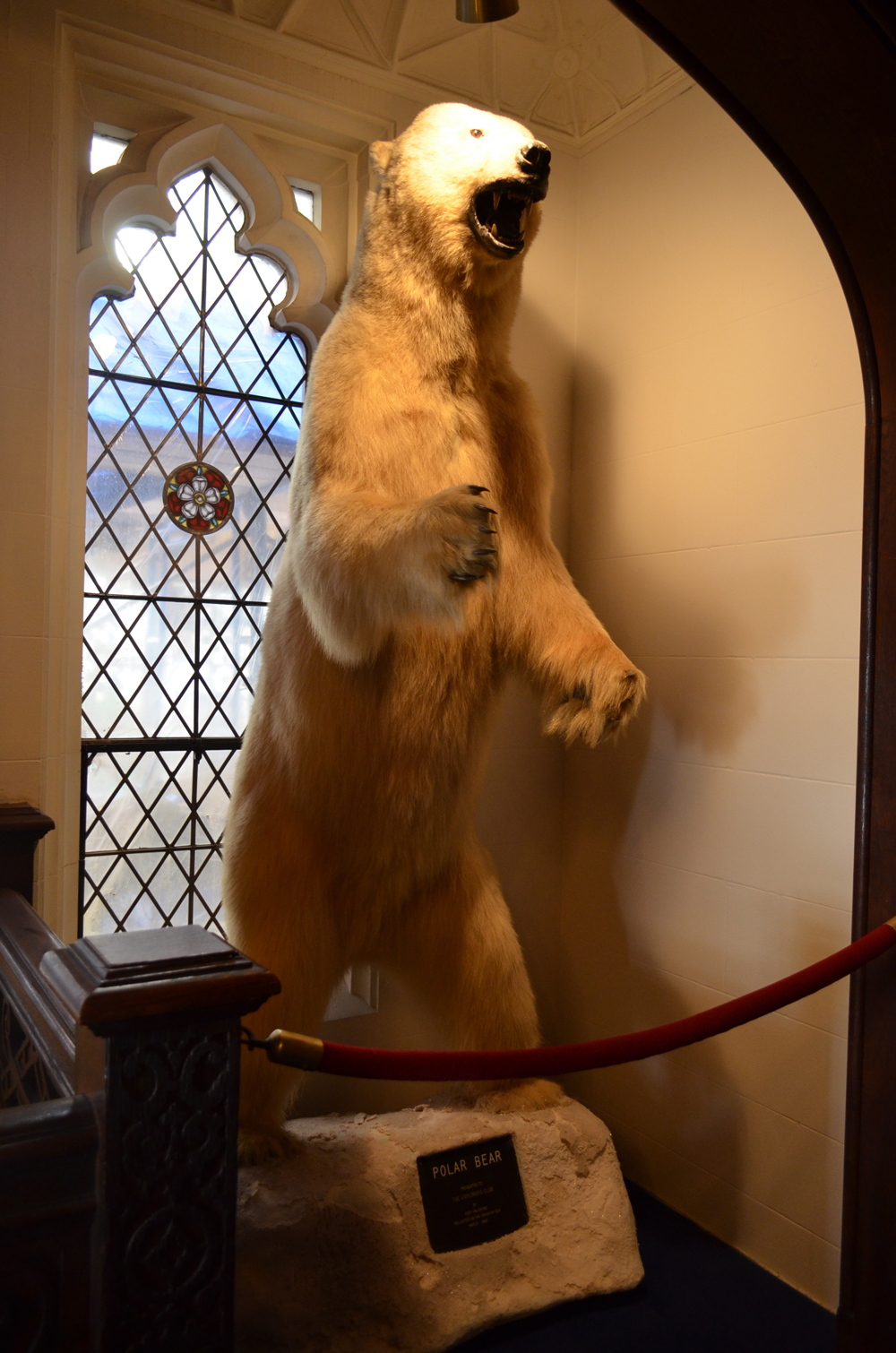
This taxidermied polar bear was given to the Explorers Club by explorer Rudy Valentino, who hunted it on the Chuckchi Sea in 1969.
Arctic Rescue
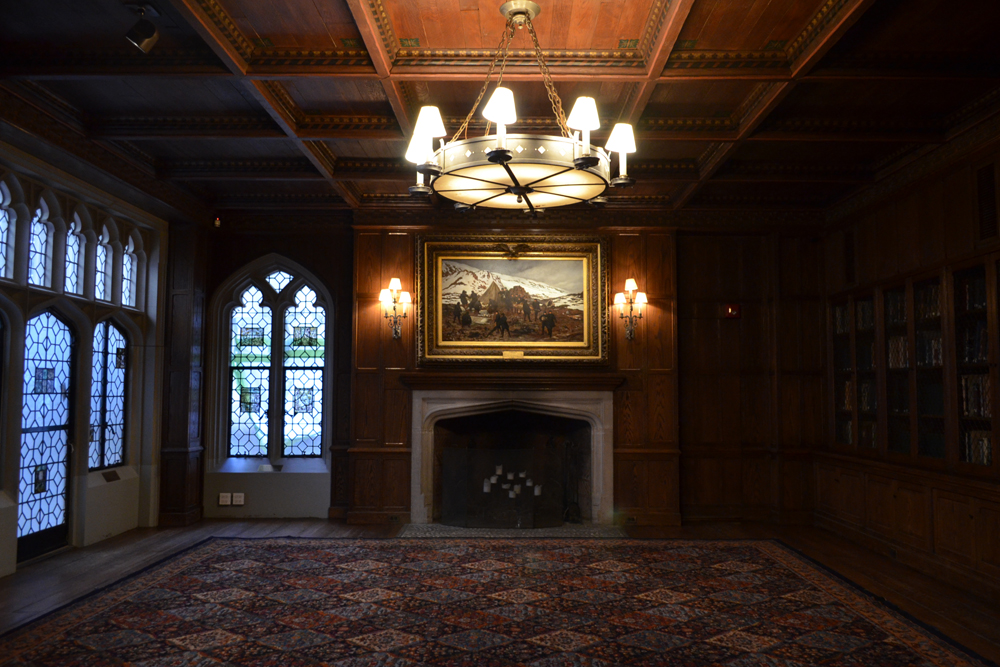
The painting above the fireplace, by Explorers Club member Albert Operti depicts the 1884 rescue of U.S. army explorer named Adolphus Greely's expedition to the edge of the Arctic Sea. The team was stranded for more than two years, but finally rescued by the crew of a ship called the Bear. Twenty-one years after his rescue, Greely went on to become the first president of the Explorers Club.










